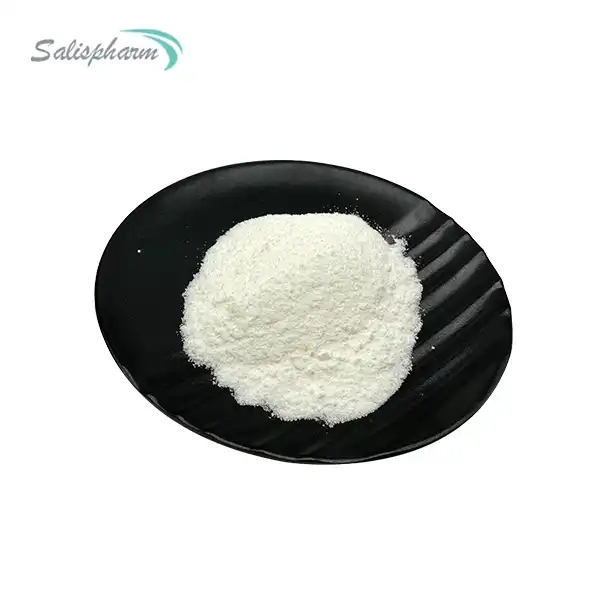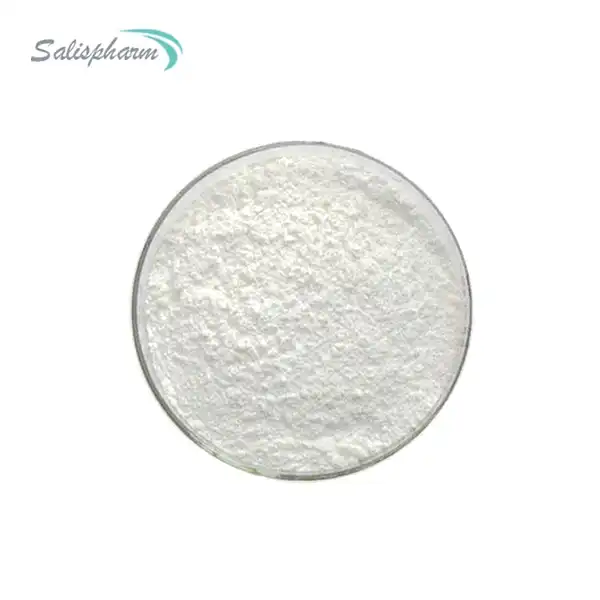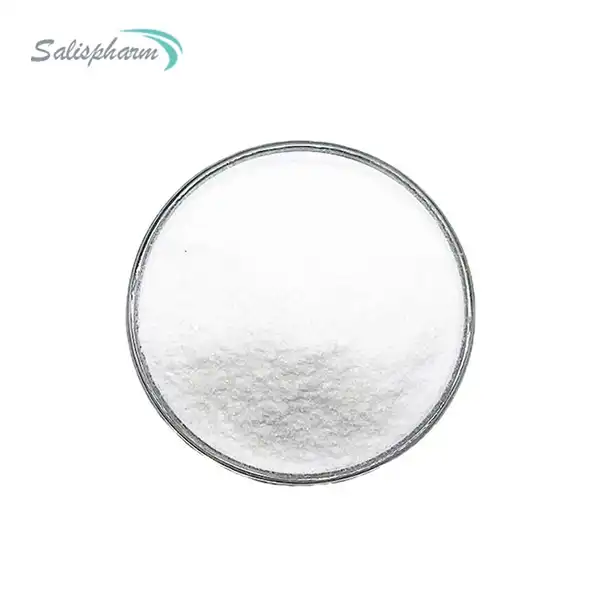Semaglutide is a once-weekly injectable medication that belongs to a class of drugs called glucagon-like peptide-1 (GLP-1) receptor agonists. It is primarily used in the management of type 2 diabetes and obesity. Understanding how semaglutide works is crucial for individuals considering its use, as it can provide insight into its potential benefits, side effects, and suitability for their specific medical condition.
Mechanism of Action
Semaglutide is a synthetic analog of a naturally occurring hormone called GLP-1, which plays a role in regulating blood sugar levels and appetite. When injected, semaglutide mimics the actions of GLP-1 in the body. It works by binding to and activating GLP-1 receptors, primarily found in the pancreas, brain, and gastrointestinal tract.
By activating these receptors, semaglutide exerts several beneficial effects on blood sugar levels, appetite regulation, and weight management. In the pancreas, it stimulates the release of insulin, a hormone responsible for lowering blood sugar levels. Additionally, semaglutide suppresses the production of glucagon, a hormone that raises blood sugar levels.
Furthermore, semaglutide acts on the brain and gastrointestinal tract to regulate appetite and promote feelings of fullness. It slows gastric emptying, leading to a prolonged sensation of satiety, and reduces appetite by acting on specific areas of the brain involved in hunger and satiety regulation.
Activation of GLP-1 Receptors
Semaglutide's ability to activate GLP-1 receptors is the key to its therapeutic effects. When semaglutide binds to these receptors, it triggers a cascade of physiological responses throughout the body.
In the pancreas, GLP-1 receptor activation stimulates the production and release of insulin from beta cells. This insulin release helps lower blood sugar levels by facilitating the uptake of glucose by cells in tissues such as muscle and liver. Additionally, semaglutide suppresses the release of glucagon from alpha cells in the pancreas, further contributing to the regulation of blood sugar levels.
In the brain and gastrointestinal tract, GLP-1 receptor activation influences appetite and satiety signals. Semaglutide slows gastric emptying, leading to a prolonged feeling of fullness after meals. It also acts on specific areas of the brain involved in appetite regulation, such as the hypothalamus, reducing the desire to eat and promoting feelings of satiety.
Regulation of Insulin and Glucagon
One of the primary mechanisms by which semaglutide helps manage type 2 diabetes is through its effects on insulin and glucagon production.
By activating GLP-1 receptors in the pancreas, semaglutide stimulates the release of insulin from beta cells in response to elevated blood sugar levels. Insulin plays a crucial role in regulating blood sugar by facilitating the uptake of glucose from the bloodstream into cells, where it can be used for energy or stored.
Conversely, semaglutide also suppresses the production and release of glucagon from alpha cells in the pancreas. Glucagon is a hormone that opposes the actions of insulin by promoting the release of stored glucose from the liver, raising blood sugar levels. By reducing glucagon levels, semaglutide helps maintain better blood sugar control.
The combined effects of increased insulin secretion and suppressed glucagon production contribute significantly to semaglutide's ability to improve glycemic control in individuals with type 2 diabetes.
Effects on Appetite and Satiety
Semaglutide's impact on appetite and satiety regulation is another key aspect of its mechanism of action. By activating GLP-1 receptors in the brain and gastrointestinal tract, semaglutide can influence various factors related to hunger, fullness, and energy intake.
In the brain, semaglutide acts on areas such as the hypothalamus, which plays a critical role in appetite regulation. By modulating the activity of specific neurons in the hypothalamus, semaglutide can reduce the desire to eat and promote feelings of satiety. This effect is believed to be mediated through complex interactions with various neurotransmitters and hormones involved in appetite control.
Additionally, semaglutide slows gastric emptying, which means that food remains in the stomach for a longer period. This prolonged gastric emptying time contributes to a sustained feeling of fullness after meals, further reducing the desire to consume additional calories.
Furthermore, semaglutide may also influence the production and release of other hormones involved in appetite regulation, such as peptide YY (PYY) and cholecystokinin (CCK). These hormones are produced by cells in the gastrointestinal tract and play a role in signaling satiety to the brain.
By modulating these various mechanisms, semaglutide can effectively reduce caloric intake, leading to significant weight loss in individuals with obesity. This weight loss can have profound impacts on overall health, including improvements in cardiovascular risk factors, metabolic parameters, and quality of life.
Clinical Benefits and Applications
Semaglutide has demonstrated significant clinical benefits in the treatment of type 2 diabetes and obesity. In individuals with type 2 diabetes, semaglutide has been shown to effectively lower blood sugar levels, improve glycemic control, and reduce the risk of cardiovascular complications associated with the condition.
The SUSTAIN clinical trial program, which included several large-scale studies, demonstrated the efficacy of semaglutide in lowering HbA1c levels (a measure of long-term blood sugar control) and reducing the risk of major adverse cardiovascular events (MACE) in individuals with type 2 diabetes.
Additionally, semaglutide has proven to be an effective weight-loss medication for individuals with obesity. In the STEP (Semaglutide Treatment Effect in People with Obesity) clinical trial program, participants who received semaglutide experienced substantial and sustained weight loss compared to those who received placebo.
For example, in the STEP 1 trial, individuals receiving semaglutide lost an average of 14.9% of their initial body weight after 68 weeks of treatment, compared to 2.4% weight loss in the placebo group. This significant weight loss was accompanied by improvements in various cardiometabolic risk factors, such as blood pressure, lipid levels, and glycemic control.
Emerging research suggests that semaglutide may also have potential applications in other areas, such as the management of non-alcoholic fatty liver disease (NAFLD) and polycystic ovary syndrome (PCOS). Ongoing clinical trials are investigating the potential benefits of semaglutide in these and other conditions.
Safety and Side Effects
Like any medication, semaglutide can cause side effects, and it is essential to discuss these with a healthcare professional before starting treatment. The most commonly reported side effects of semaglutide include nausea, vomiting, diarrhea, constipation, and abdominal pain. These gastrointestinal side effects are typically mild to moderate and may subside over time as the body adjusts to the medication.
Semaglutide may also increase the risk of certain adverse events, such as pancreatitis and gallbladder disorders. Patients with a history of pancreatic disease or gallbladder problems should inform their healthcare provider before starting semaglutide treatment.
Additionally, semaglutide should be used with caution in individuals with kidney or liver impairment, as dose adjustments may be necessary. Monitoring of kidney function and liver enzymes during treatment may be recommended.
It is important to note that semaglutide is contraindicated in individuals with a personal or family history of medullary thyroid carcinoma (MTC) or multiple endocrine neoplasia syndrome type 2 (MEN 2), as it may increase the risk of these conditions.
Conclusion
Semaglutide is a remarkable medication that works by mimicking the actions of the naturally occurring hormone GLP-1. Through its activation of GLP-1 receptors, semaglutide exerts a range of beneficial effects, including improved blood sugar control, appetite regulation, and weight management.
By stimulating insulin secretion, suppressing glucagon production, and influencing appetite and satiety signals in the brain and gastrointestinal tract, semaglutide offers a comprehensive approach to managing type 2 diabetes and obesity.
As research continues to explore the therapeutic potential of semaglutide, it is essential for individuals considering its use to consult with healthcare professionals and stay informed about the latest developments in this rapidly evolving field. Close monitoring and open communication with healthcare providers can help ensure the safe and effective use of semaglutide while mitigating potential risks and side effects.
If you are also interested in this product and want to know more product details, or want to know about other related products, please feel free to contact sasha_slsbio@aliyun.com.
If you are also interested in this product and want to know more product details, or want to know about other related products, please feel free to contact iceyqiang@gmail.com.
References:
1. Drucker, D. J. (2022). Mechanisms of action and therapeutic application of glucagon-like peptide-1. Cell Metabolism, 34(5), 710-725.
2. Wilding, J. P., Batterham, R. L., Calanna, S., Davies, M., Van Gaal, L. F., Lingvay, I., ... & Kushner, R. F. (2021). Once-weekly semaglutide in adults with overweight or obesity. New England Journal of Medicine, 384(11), 989-1002.
3. Marso, S. P., Bain, S. C., Consoli, A., Eliaschewitz, F. G., Jódar, E., Leiter, L. A., ... & Vilsbøll, T. (2016). Semaglutide and cardiovascular outcomes in patients with type 2 diabetes. New England Journal of Medicine, 375(19), 1834-1844.
4. Blundell, J., Finlayson, G., Axelsen, M., Flint, A., Gibbons, C., Kvist, T., & Hjerpsted, J. B. (2017). Effects of once-weekly semaglutide on appetite, energy intake, control of eating, food preference and body weight in subjects with obesity. Diabetes, Obesity and Metabolism, 19(9), 1242-1251.
5. Shao, Y., Lau, J., & Hinshaw, L. (2021). Semaglutide: A review of the glucagon-like peptide-1 receptor agonist in the management of type 2 diabetes. Journal of Pharmacy Practice, 34(4), 591-601.







